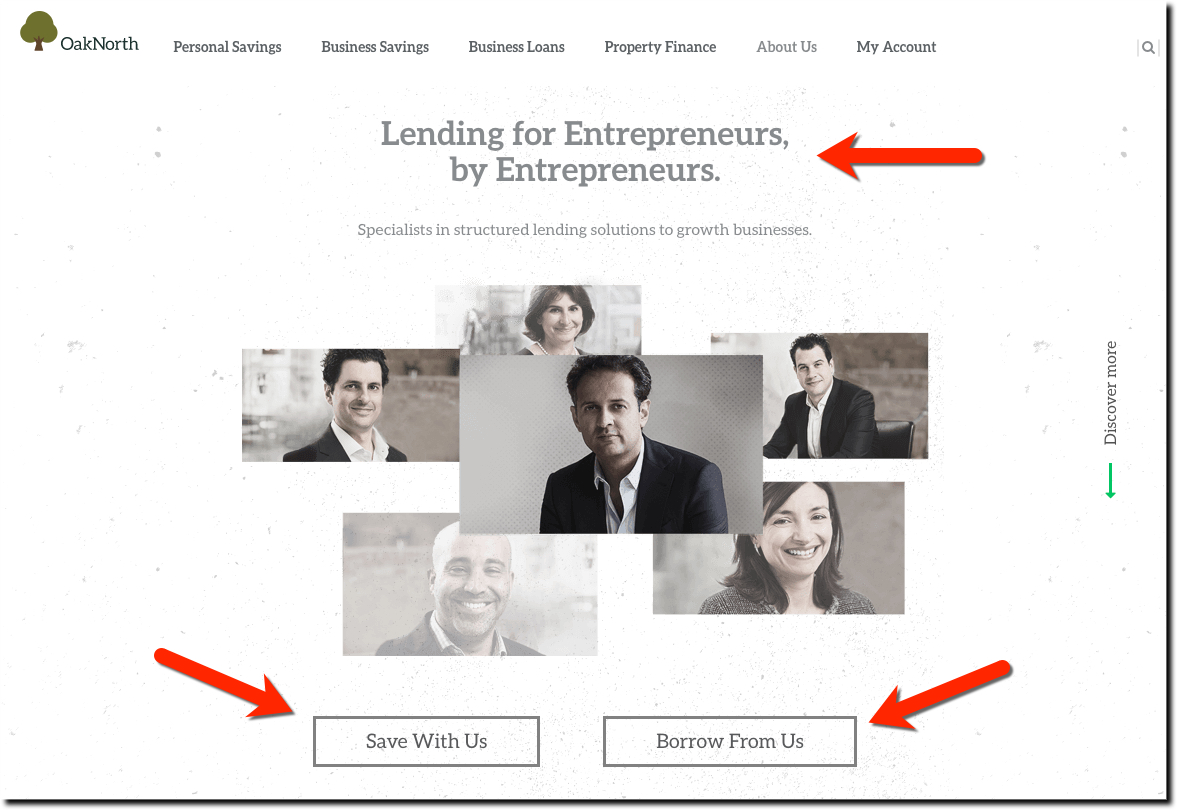
In the digital age, few startup banks have gained meaningful market share in what matters, revenue and profits. In the United States, only two large bank-like companies (see note 1) have emerged from 20 years of digital disruption: PayPal and Square. There are also a handful of new online lenders that have amassed significant scale (SoFi, Lending Club, Prosper, Kabbage, Avant, On Deck).
There are still zero consumer banks started in the past 20 years that have broken the top-100 list. The possible exception was ING Direct. But as part of a large bank, it’s a stretch to call it a startup (see note 2). BofI Holdings, the public company that owns Bank of Internet, is the largest pure digital bank with $8B in assets and ranking 151 in this list posted by MX.
Why so few successes? It’s difficult for a startup bank to gain scale. First, the market is absolutely saturated. Every bankable consumer in the USA can choose from: (1) big trusted brands with a large branch networks and sophisticated digital services; (2) small community banks with deep ties to their communities (and serviceable digital banking); (3) or equally small non-profit credit unions providing bargain priced loans and deposits (and often with above average digital banking).
Second, to be successful, startups must solve a problem much better than the incumbents. For most consumers banking digitally simply is not a problem. The exceptions were in remote payments, which PayPal solved, and micro-businesses merchant accounts, which Square solved. That’s why it will likely continue to be tough for new deposit-focused banks to become big players, at least in the United States.
But there are many niches for banking startups to mine and one of the most promising is small business banking. A startup bank that solves bookkeeping and financial management problems for small businesses can be the next Square.
Here are some of the bigger efforts around the world (note 3):
UK
- CountingUp – in private beta (waitlist numbers 930 1 Feb 2017)
- CivilizedBank
- Coconut (formerly Monizo) – TechStars ’17 alum
- Redwood Bank
- Tide – Raised $14M
- OakNorth – Raised $475 million, first SMB banking unicorn ($1.3B valuation)
USA
- Bento for Business – Raised $9.5 million, powered by Community Federal (Finovate alum)
- Novo
- Seed – Raised $5.1 million, powered by Bancorp Bank
Germany
- Kontist – German, raised $2.5 million
- Penta – German, just raised $2.7 million seed round
Rest of world
Author: Jim Bruene (@netbanker) is Founder & Advisor at Finovate as well as Principal of BUX Certified, a financial services user-experience accreditation program.
Notes:
- You can argue they are not banks, but they provide key consumer banking services, payments and credit, so I’m going to call them banks for the purposes of this post. I’m also excluding the crypto market, since it’s too soon to call the major players “bank like” though I think they are well on that path.
- I would probably add ING Direct to this list. Although they were technically not a startup, they built a significant deposit business from scratch, eventually selling for $9B to Capital One during the Great Recession.
- To make this list, the startup bank must be solely focused on small businesses and must offer, or plan to offer, a debit card to access funds held on deposit at the startup.
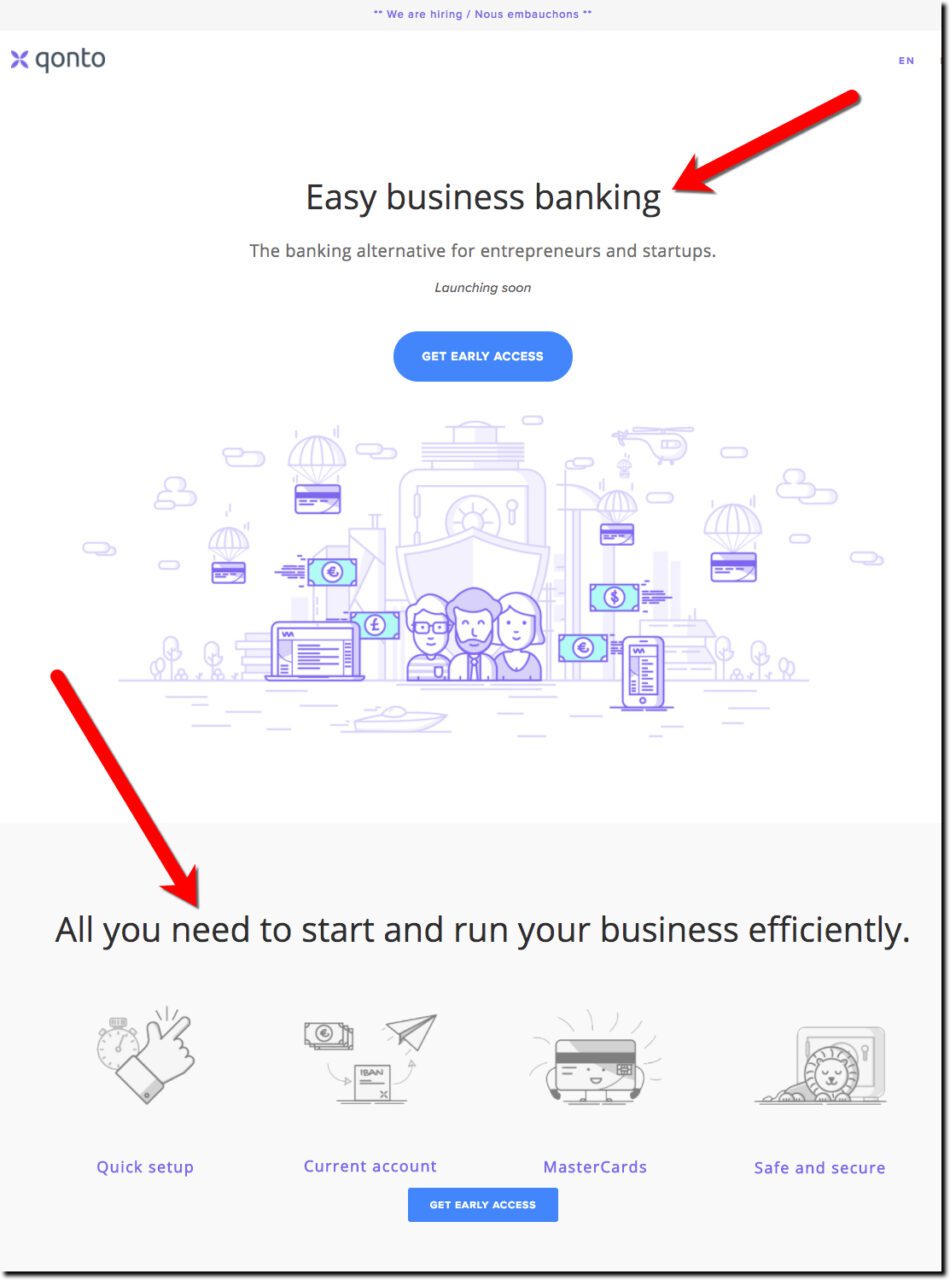

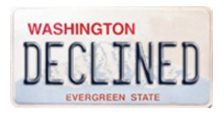
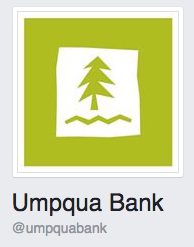 The bank isn’t commenting on this particular loan application, so we don’t know if there are other extenuating circumstances. Perhaps the couple had a debt go into collection or other credit problems. But since I’ve personally run into similar problems while maintaining excellent credit, I believe the couple’s story is probably accurate.
The bank isn’t commenting on this particular loan application, so we don’t know if there are other extenuating circumstances. Perhaps the couple had a debt go into collection or other credit problems. But since I’ve personally run into similar problems while maintaining excellent credit, I believe the couple’s story is probably accurate.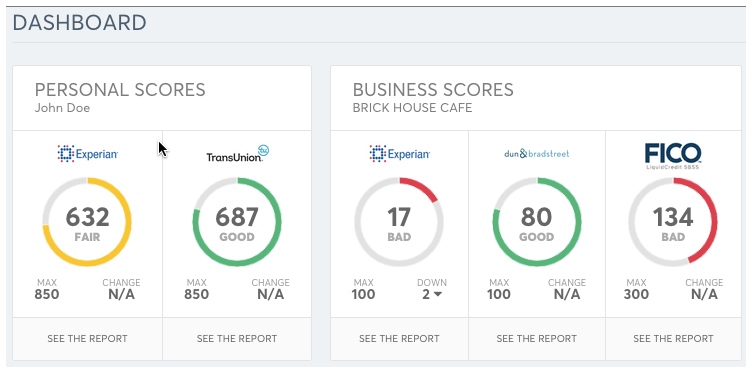



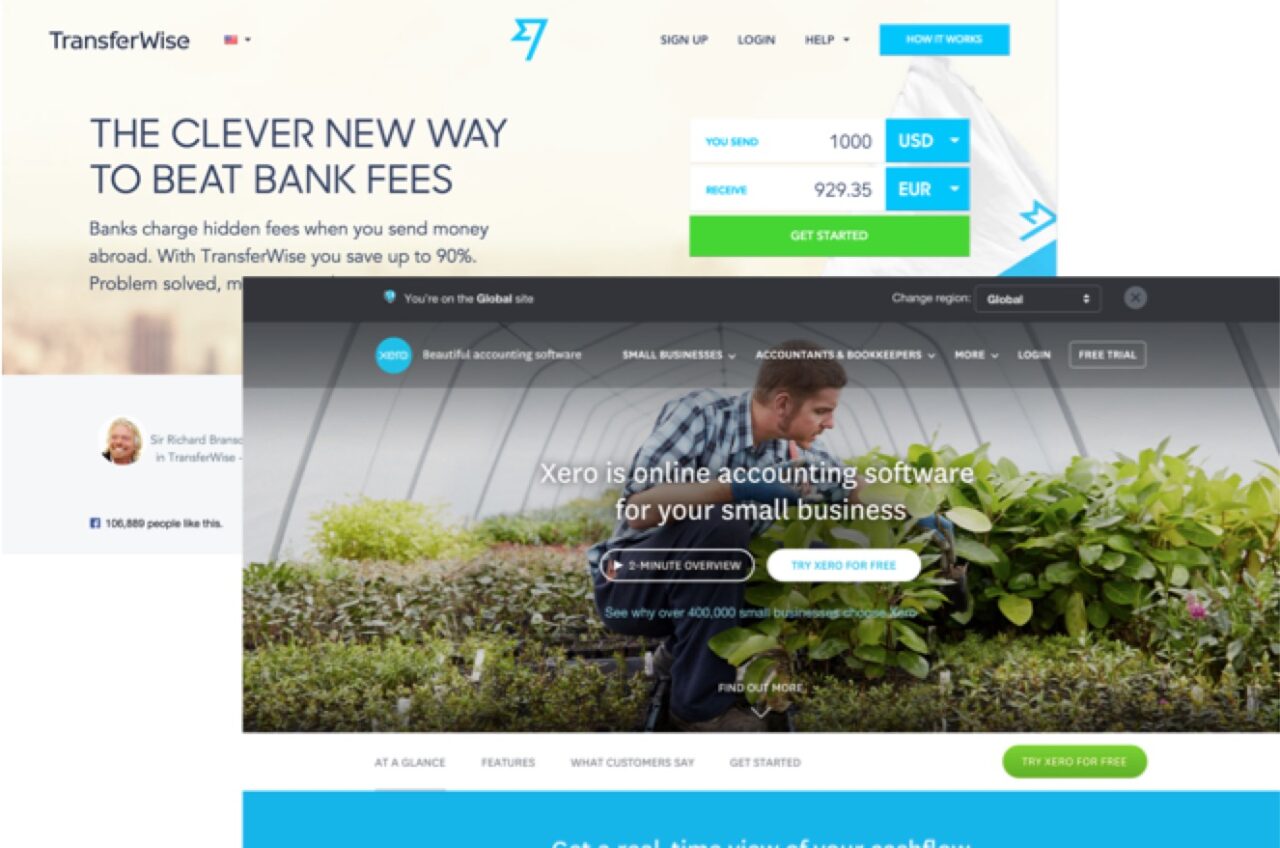
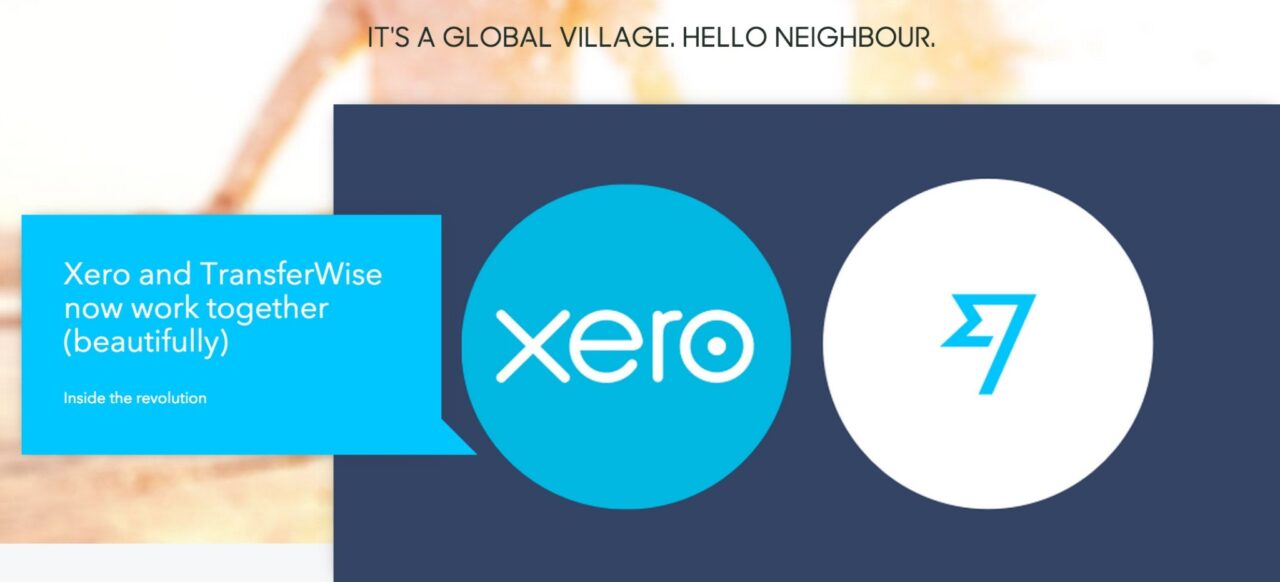 1) Log into TransferWise to view their outstanding foreign-currency invoices
1) Log into TransferWise to view their outstanding foreign-currency invoices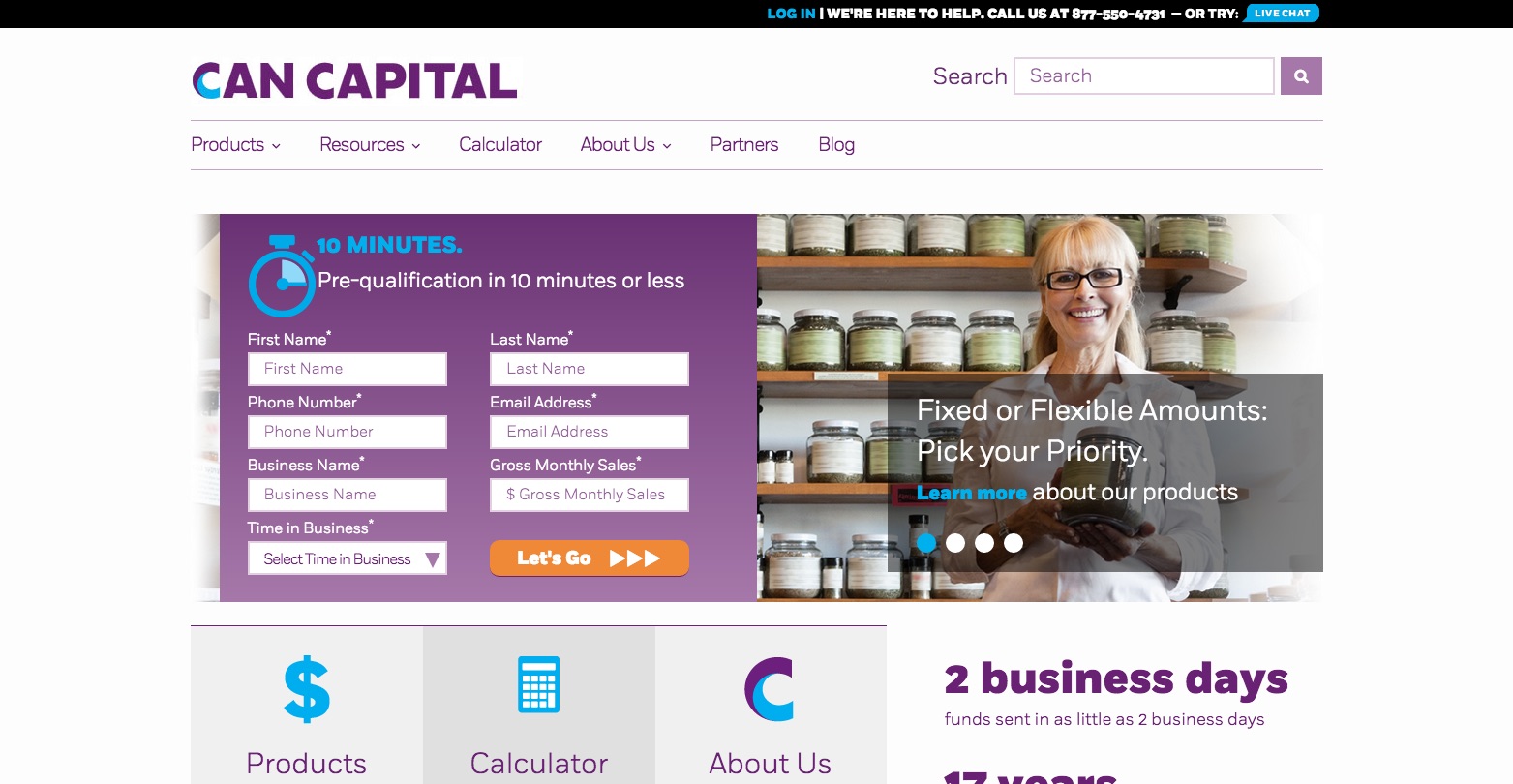

 I was asked recently what it would take for me to move my business deposit relationship. My immediate answer: “There is nothing you could do to get me to move.”
I was asked recently what it would take for me to move my business deposit relationship. My immediate answer: “There is nothing you could do to get me to move.” 







